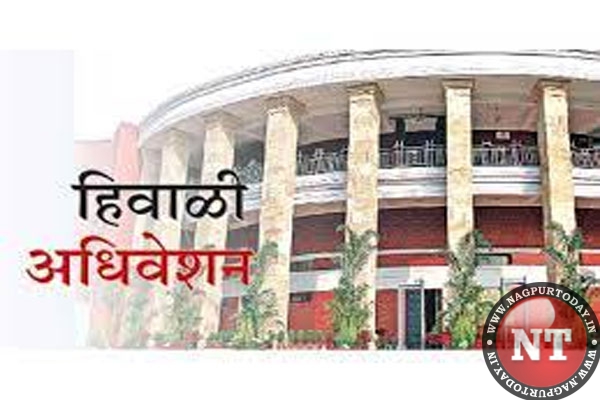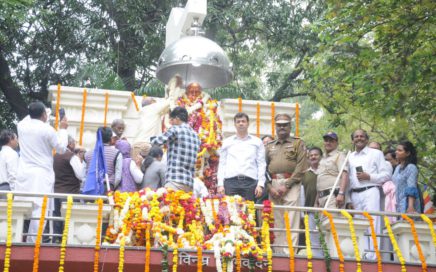
Nagpur: The Winter Session of the State Legislature is starting from December 7 in Nagpur. Three weeks of work has been proposed in this session. It will have a total of 14 days including holidays. It has 10 days of actual work. But why the Winter Session of the State Legislature is held only in Nagpur city? This question has been asked by everyone. In view of this, let us know the history behind this.
For 102 years, Nagpur was the capital of Nagpur province during the British period:
From 1854 to 1956, i.e. for 102 years, Nagpur was the capital of the British Nagpur province. In December 1953, the first State Reorganization Commission of the country was established under the chairmanship of Justice Fazal Ali. There was confusion among the Congress leaders over the creation of Maharashtra. To solve it, Dr. S. M. Joshi accepted the leadership of all these opposition parties and formed the Samyukta Maharashtra Parishad. It was decided that the leaders from different parts of the state should come together and try to resolve this issue. For this, in September 1953, all the representatives of the state gathered in Nagpur.
Nagpur Agreement made in 1953:
Nagpur Agreement was made on September 28, 1953. Dharamveer Bhausaheb Hire played an important role in Nagpur Agreement. On this agreement, Bhausaheb Hire, Yashwantrao Chavan, Nana Kunte, Devkinandan Narayan for West Maharashtra, and R K Patil, Ramrao Deshmukh, Panjabrao Deshmukh, Sheshrao Wankhede signed for Maha Vidarbha. Devi Singh Chavan, Laxman Bhatkar, Prabhavati Devi Jakatdar signed for Marathwada.
Issues in Nagpur Agreement:
• A High Power Committee should be set up to consider the restructuring of the State. The Marathi speaking people of Mumbai, Madhya Pradesh and Hyderabad should be united to form an independent state of Maharashtra and its capital should be Mumbai. For the administrative service of the State Government, the state should have three administrative divisions viz., Maha Vidarbha, Marathwada and rest of Maharashtra.
• The main centre of the High Court of the State should be at Bombay and the sub-centre at Nagpur was chosen. The representation of the people in the State Legislature should be proportionate to the population. While recruiting candidates in government and semi-government services, it should be done in proportion to the population.
• In December 1953, considering the issues of the Nagpur Agreement, the Central Government decided that something concrete should be done to reorganize the state. With that view a State Reorganization Commission was appointed in December 1953 under the chairmanship of Justice Syed Fazal Ali. When the report of that commission came out in October 1955, after 1956 language-wise regionalization came into force.
Winter Session is held in Nagpur for ‘this’ reason:
In 1956, Vidarbha and eight districts of Vidarbha were separated from CP and Berar as per Fazal Ali Commission report. On October 10, 1956, the Governor’s message was read out in the Legislative Assembly of Nagpur. It said that the Assembly has been dissolved from today. Nagpur had to lose the status of the capital as per the agreement which was in 1953.
In order not to aggravate this, a provision was made in the agreement of 1953 that a session of the United Maharashtra should be held in Nagpur at least once a year. According to the agreement, the Winter Session of the first session of 1960 was concluded in Nagpur.
Thereafter, Winter Session of the State Legislature is held in Nagpur every year.
















